Thursday, June 30, 2022
Watch And Wait
Friday, June 17, 2022
Where Are The Kids?
Back soon with more news, views and photos.
Linking this weekend to Eileen's Saturday Blog and Anni in Texas.
Monday, June 13, 2022
Owls And Kestrels
Tuesday, June 7, 2022
Another Martin
Saturday, June 4, 2022
Martins And More
Saturday, May 28, 2022
No Page Threes
Wednesday, May 18, 2022
May Days
Courtesy of Magda of Mustang Motors https://www.skiathosrent.com we picked up the Jimny jeep at the airport and filled it with expensive petrol, fuel that lasts a while on quite tiny Skiathos Island. At Euros 25 a day the jeep works out as both convenient and cost effective when a couple of trips to other parts of the island by local bus costs about Euros 8 each time, e.g into Skiathos Town or the opposite ends of the island Koukounaries, or Troulos.
The furthermost north part of the island is in any case accessible mostly by car, sometimes a 4x4, more so after a wet winter. It was in January and into March this year that Skiathos had several bouts of snow followed by a legacy of soggy roads and tracks.
Two weeks of uninterrupted sun and zero rain made for lots of photos of Skiathos if not too many bird photos as early May proved a little late for heavy migration and in any case Skiathos has a quite small bird list.
The "best" and most unexpected bird proved to be a Little Bittern which I saw on and off for two weeks in a reedy ditch where stream frogs Rana gracea were probably the reason for the bittern's presence. Most of the time I glimpsed the thing climbing through the thick reeds and only once did I get a decent photo. My sighting may be the first recorded sighting of this small bittern species on Skiathos where birders are rare even non-existent but I imagine the Little Bittern is pretty common in Greece as a whole.
The first week included Bee Eaters, Black-headed Buntings, Red-throated Pipits, Richard's Pipits, Yellow Wagtails, Red-backed Shrikes, Woodchat Shrikes, Whinchats, Red-rumped Swallows, Barn Swallows, Marsh Warblers & Reed Warblers, Hobbies, Buzzard, Olivaceous Warblers, Scops Owl and a good number of daytime singing Nightingales. Sea birds consisted of the ever-present Yellow-legged Gulls, European Shag and numbers of Cory's/Scopoli's Shearwaters searching the mill pond Aegean Sea.
















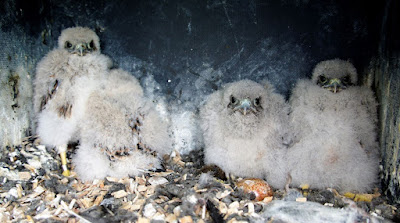













.png)














.JPG)











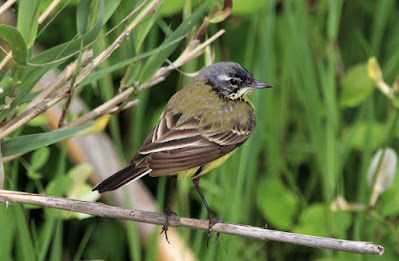















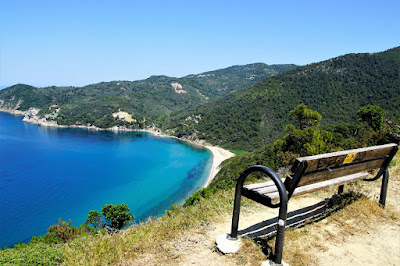
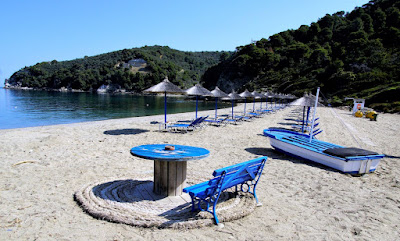
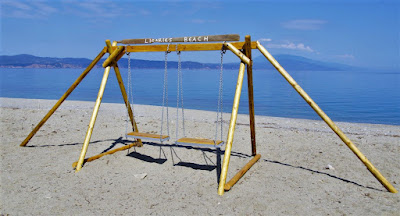
.jpeg)












.jpg)












